The circular bioeconomy is an economic concept that unites the synergies of the circular economy and the bioeconomy. The circular economy emerges as a counterpoint to the linear economic model – of raw material extraction, transformation, use and waste disposal. Its basis has three principles: eliminate waste and pollution from the beginning; keep products and materials in use; and regenerate natural systems.
The bioeconomy is a production model based on the use of renewable natural raw materials of non-fossil origin, such as forests, animals, plants and even microorganisms, for the development, production and commercialization of bioproducts and energy.
We already know that forest-based agriculture is the most plausible and simple answer to most of the climate and social challenges we face today.
Within this logic, agroforestry is a transversal solution and an effective transition tool for this transformation, since it is a production system inspired by the dynamics of natural ecosystems, in which perennial forest species are planted together with agricultural crops and livestock.
And how to bring agroforestry into the circular bioeconomy? Well, at this very moment, we took on one of our biggest challenges, which is to lead the agroforestry front of the Alliance.
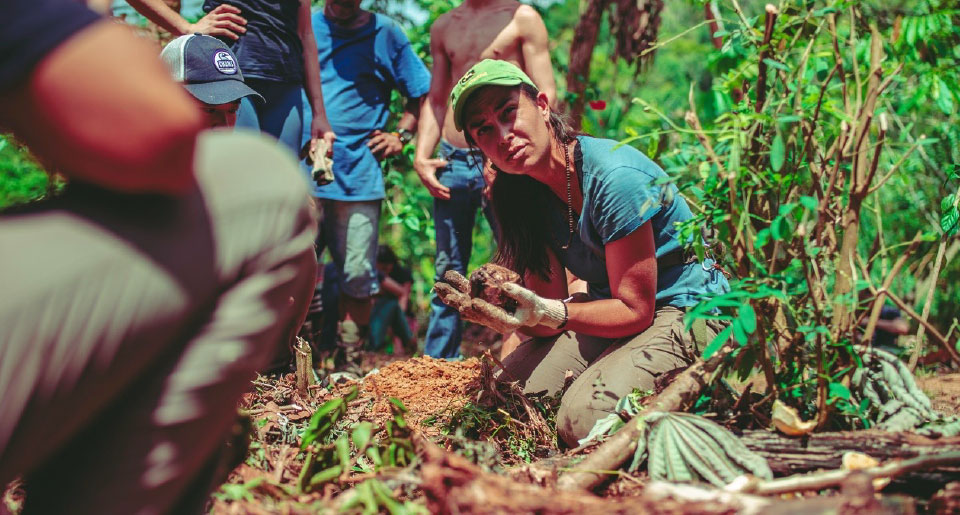
"We believe it is vital to harmonize scientific and natural knowledge, forests and people, food, production, work and well-being.”
Paula Costa
The Circular Bioeconomy Alliance is a coalition of global proportions, led by the British royal family, in the person of His Royal Highness the Prince Charles – aiming to create the guidelines that govern the logic of creating resilient, lasting agroforestry designs inspired by ancestral technologies.
The project wants to create a platform that connects and supports, based on knowledge developed by PRETATERRA and other companies, to link investors, companies, governmental and non-governmental organizations and local communities interested in building, together, a circular bioeconomy focused on the restoration of global biodiversity.
But the project goes further and aims to raise awareness and inspire nature-based solutions to reimagine cities; catalyze investments and connect investors to companies, startups and expansion projects; and support governments in developing science-based strategies for the transition towards a sustainable bioeconomy.
Above all, it comes to demonstrate the potential of the circular bioeconomy through pilot projects and training modules, accelerating landscape restoration initiatives.
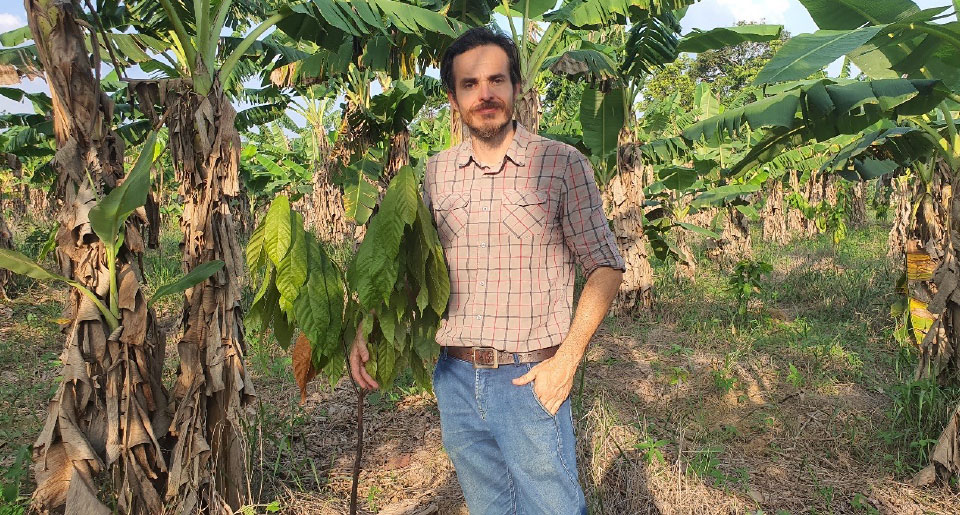
“What we are approaching and witnessing today is the very birth of a transformation of the current productive system and the emergence of a regenerative rebirth of humanity”
Valter Ziantoni
Finally, we entered this endeavor because we believe it is vital to harmonize scientific and natural knowledge, forests and people, food, production, work and well-being.
We can no longer disassociate agroforestry from our lives. It is no longer just a shift to more regenerative agriculture. What we are approaching and witnessing today is the very birth of a transformation of the current productive system and the emergence of a regenerative rebirth of humanity.
Original Subject: https://revistagloborural.globo.com/Noticias/Opiniao/noticia/2020/10/bioeconomia-circular-como-agrofloresta-pode-contribuir-para-mudar-o-mundo.html
Source: Globo Rural
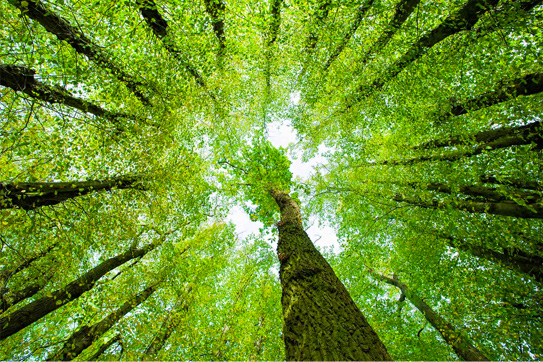
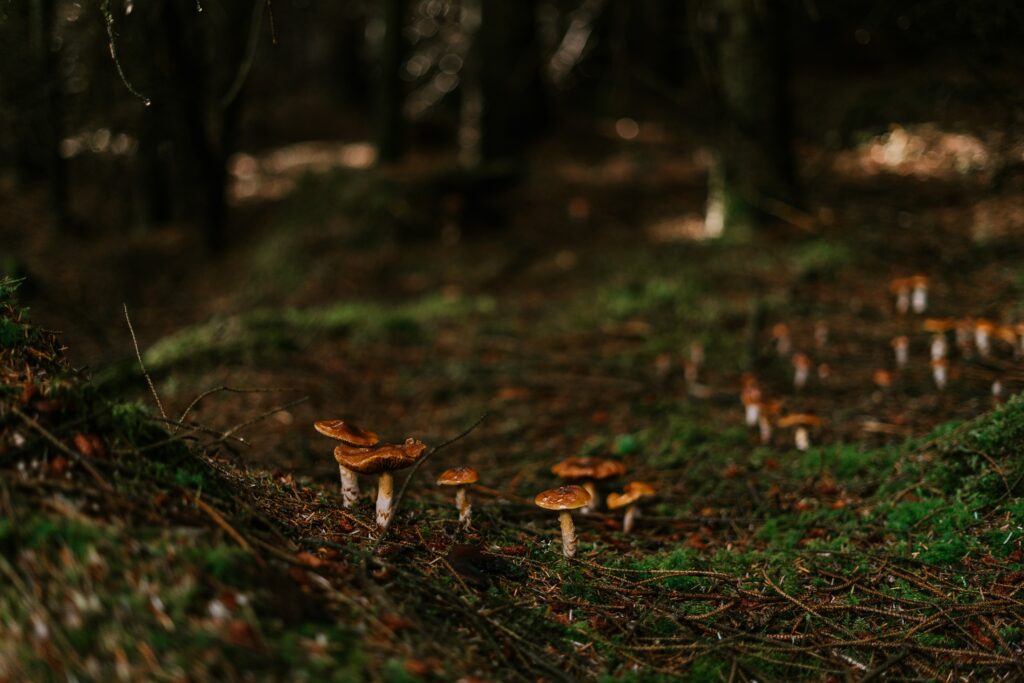
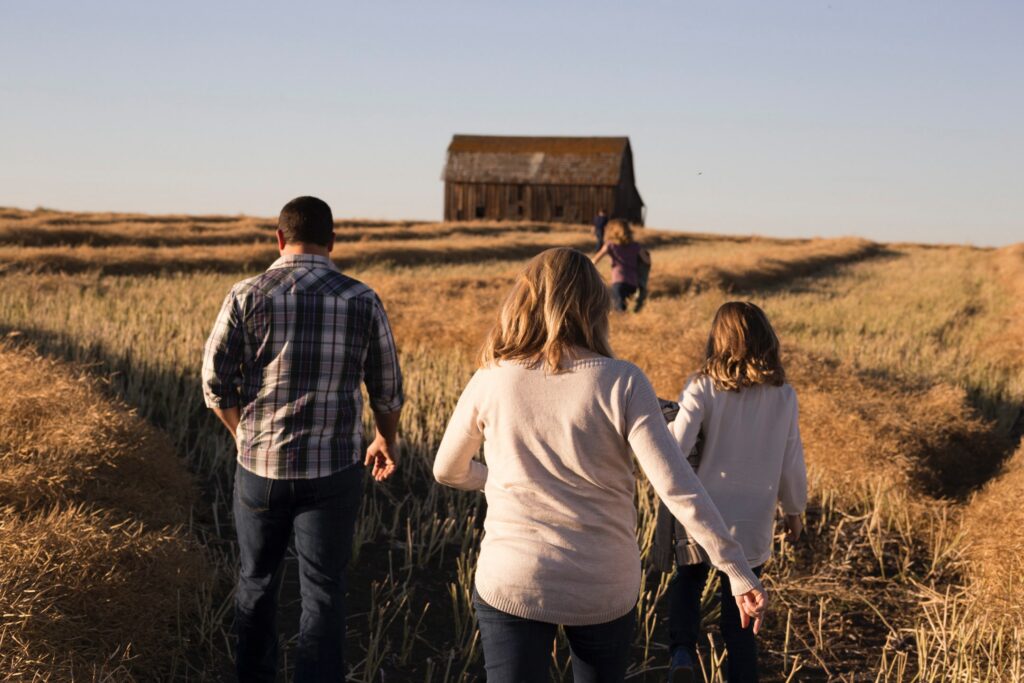
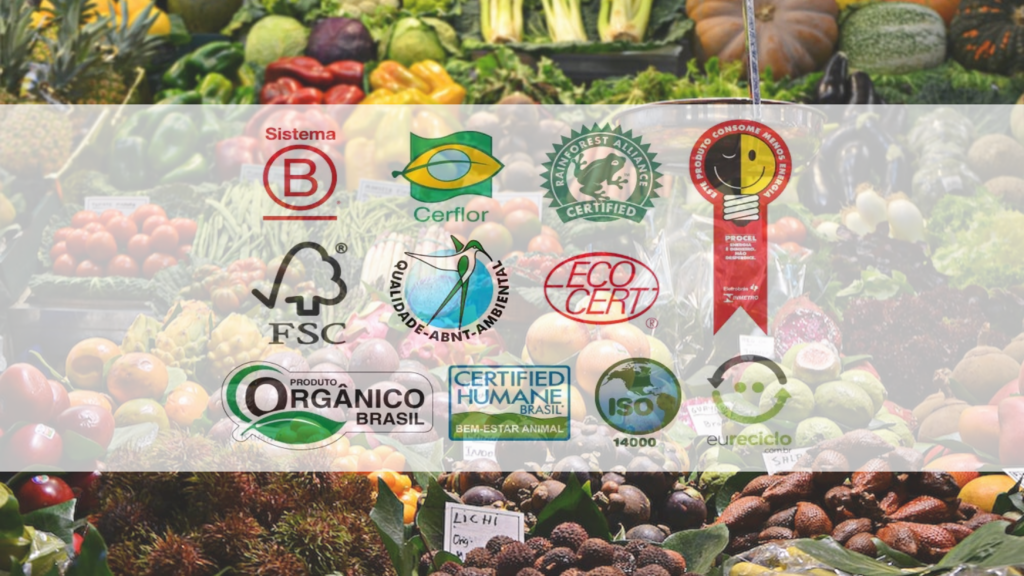
 agroforestry taken seriously
agroforestry taken seriously 